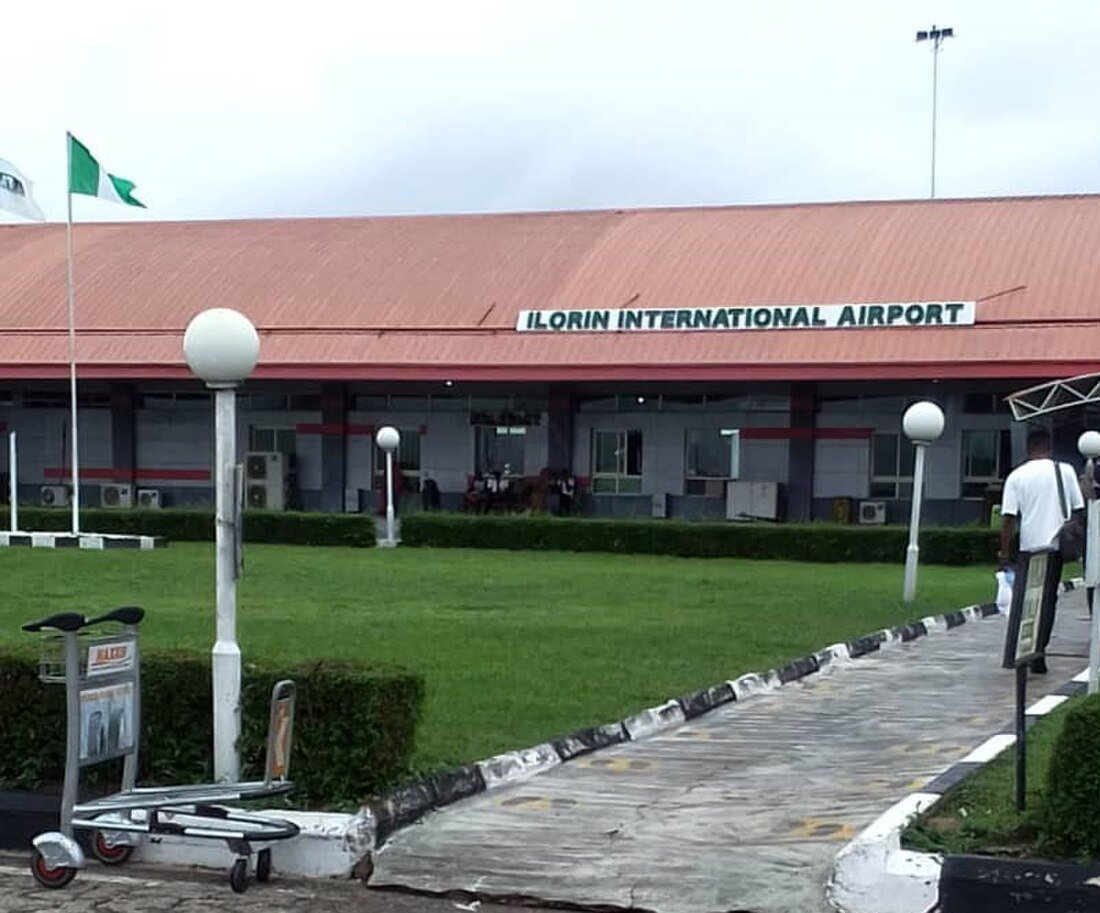Dubai to Shut Down World's Busiest Airport by 2035, Al Maktoum Set to Redefine Global Travel and Aviation Strategy, Check This Out - Travel And Tour World
Sunday, May 25, 2025

The world’s busiest international airport is preparing to close. Yes, the world’s busiest international airport in Dubai—the heartbeat of global air traffic—is reaching its final chapter. And by 2035, this aviation titan will officially shut its doors. It’s not just any closure. It’s the end of an era. A shift that’s sending shockwaves across the global aviation landscape. A bold, calculated move.
Dubai’s bold move to phase out the world’s busiest international airport is rewriting the future. This isn’t a routine transition. This is Dubai’s bold move into a new age of travel, innovation, and sky-high ambition. As the world’s busiest international airport begins to wind down, Dubai’s bold move sets the stage for something never seen before.
Al Maktoum Airport is the next chapter. Al Maktoum Airport will take over every flight, every connection, every global route. It’s not just an upgrade—it’s a revolution. Al Maktoum Airport rises as the new icon, while Dubai’s bold move becomes the most daring pivot in global aviation history.
This historic shift in global aviation isn’t decades away. It’s happening now. Dubai’s bold move isn’t subtle. It’s a clear message: lead or be left behind. The historic shift isn’t about shutting down the world’s busiest international airport. It’s about unlocking a future built around Al Maktoum Airport—and reshaping global aviation forever.
So buckle up. Because the world’s busiest international airport is closing. Dubai’s bold move to Al Maktoum Airport is real. And this historic shift in global aviation will change how the world travels—forever.
In a move set to shake the foundations of global travel, Dubai has announced a game-changing shift that will redefine the future of aviation. Dubai International Airport (DXB), the world’s busiest international airport, is set to close by 2035. The entire operation will transition to the futuristic Al Maktoum International Airport (DWC), located in the emerging Dubai World Central region.
This is not a routine upgrade. This is a seismic transformation in aviation history. The busiest air hub on the planet is being retired—and what replaces it will become the largest airport the world has ever seen.
Since 1960, Dubai International Airport has been the heartbeat of global connectivity. In 2024 alone, it welcomed over 92 million passengers, serving as the home base for Emirates and a vital link between East and West. But now, the iconic DXB is reaching its limit.
Surrounded by urban infrastructure and hemmed in by residential zones, DXB has little room to expand. Its capacity and layout, once revolutionary, are no longer future proof. The decision to move to Al Maktoum is not just strategic—it’s essential for growth.
Al Maktoum International Airport isn’t just another replacement. It’s a blueprint for the next century of air travel.
Located 38 miles from DXB and 22 miles from downtown Dubai, DWC opened in 2010 with a modest footprint focused on cargo and low-cost carriers. Now, it’s undergoing a £28 billion expansion that will eclipse every other airport on the planet.
The scale is staggering. Five parallel runways. Up to 400 aircraft gates. A projected capacity of 260 million passengers per year. That’s nearly three times more than what DXB handles today.
This isn’t just a new airport. It’s a self-contained aviation ecosystem designed to run like a city. And it’s being built to power Dubai’s dominance in global tourism, logistics, and innovation for generations.
The future of travel demands speed, ease, and intelligence. DWC answers with groundbreaking solutions.
Passengers will move between eight interconnected terminal clusters via underground trains, with a maximum internal transit time of just 15–20 minutes. That’s faster than most city subways.
Seamless check-ins, biometric immigration, AI-powered baggage handling, and zero-contact boarding will transform how travelers navigate airports. Efficiency meets experience in a space designed to keep foot traffic moving—without friction.
This airport will not only be bigger. It will be smarter, more human-centric, and engineered for the way people want to travel today and tomorrow.
This transition is more than a change of location. It’s a leap into a new era of economic opportunity.
DWC sits in the heart of Dubai South, a 145-square-kilometer master-planned community that will house over one million people. Hotels, logistics hubs, retail zones, and entertainment centers will rise around the airport, driving job creation across construction, tourism, and tech.
Dubai is not just building an airport. It’s building an entire city around it.
The tourism sector stands to gain massively. Faster airport processing, easier access, and increased capacity mean more visitors and more revenue. Hotel chains, event venues, and travel operators are already positioning themselves to meet the coming surge.
For now, DXB continues to serve as the operational core, with Emirates, British Airways, and countless international carriers maintaining routes through its terminals. The transition will be gradual, minimizing disruption.
But when DWC fully activates, the airline landscape will shift.
Flight routes will be recalibrated. Ground services will evolve. Global hubs in Istanbul, Doha, and Singapore will face fierce competition as DWC establishes itself as the new leader in aviation infrastructure.
Travelers—especially the 6.2 million UK visitors who frequent Dubai—will need to adapt. Al Maktoum is 45 km south of the current DXB site, but planned transit expansions will ensure swift connections from the city center.
What Dubai is doing is bold—but not isolated. The world’s biggest travel hubs are racing to expand, automate, and dominate. Yet none are doing so at the scale and ambition of DWC.
By 2035, DXB will close. And with it, the chapter of 20th-century airport thinking will end.
In its place, Al Maktoum will stand as a symbol of what’s possible when infrastructure, innovation, and global vision align.
This isn’t just a local story. It’s a wake-up call for the entire aviation world.
Dubai’s plan to shut down the world’s busiest airport by 2035 is more than a headline—it’s a defining moment in travel history.
The project marks one of the most ambitious airport transitions ever attempted. It will impact airlines, economies, and tourism flows around the world. And it challenges how the industry thinks about airport planning, passenger experience, and regional development.
For now, DXB holds the crown. But the future is already breaking ground in the desert south of Dubai. And when Al Maktoum takes full flight, it won’t just carry passengers. It will carry the future of global travel.
Tags: airport infrastructure, Al Maktoum Airport, Al Maktoum International Airport, Dubai airport relocation, dubai international airport, Dubai South development, DWC expansion, DXB closure 2035, Emirates Airlines, future of travel, Global Aviation Trends, international air travel 2025, Middle East aviation news, Smart Airport Technology, UAE tourism, UK-Dubai flights












